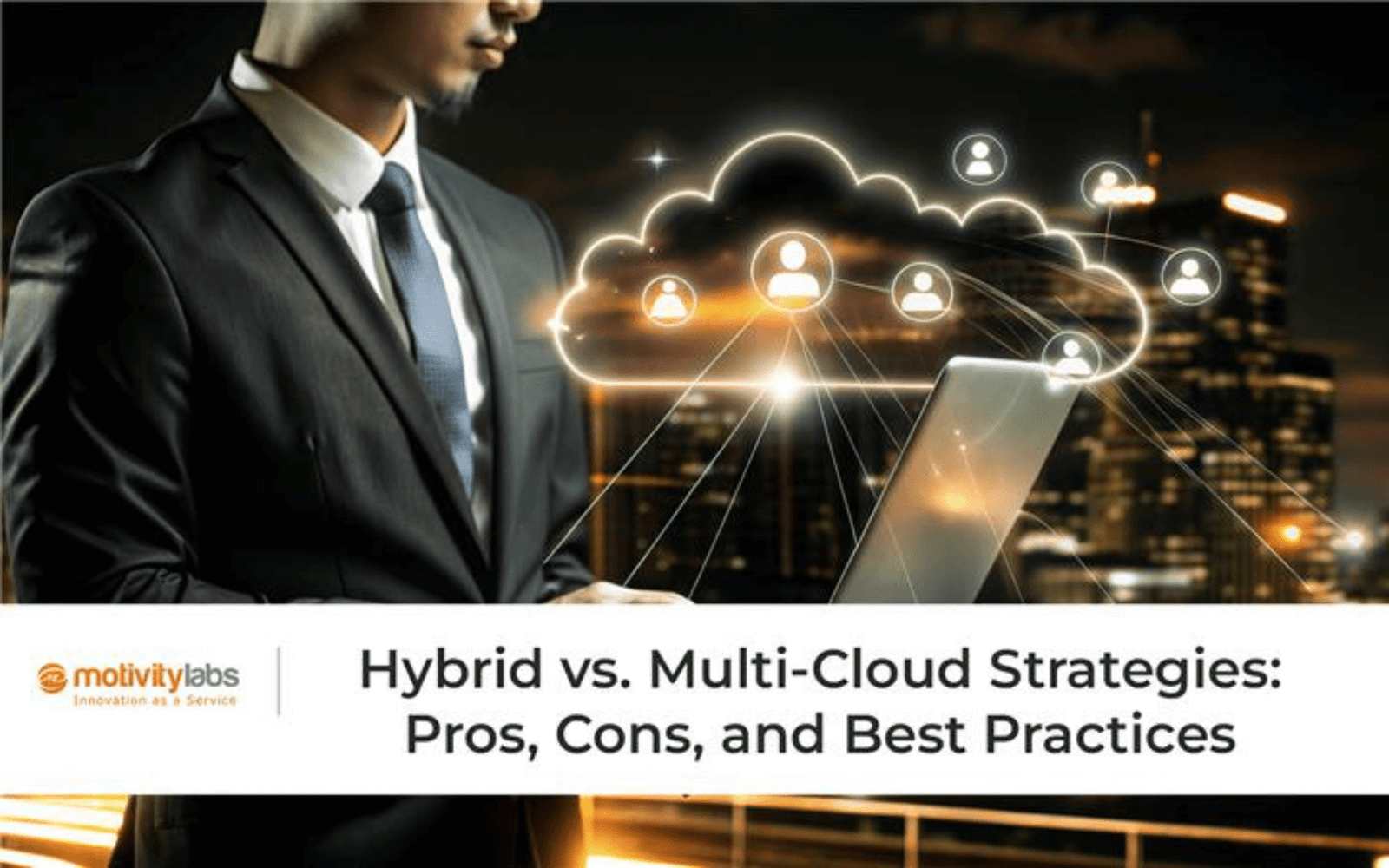Get Ultimate Control Over Your Cloud Access. Many technology success stories leave behind unintended consequences. One ideal example would be virtualization. Virtualization has provided us with unprecedented hardware resource utilization. One impressive thing about it is that it has radically transformed a provisioning process by reducing the time taken for the process to minutes instead of months. The speed and flexibility provided by virtualization were unimaginable then, and it also paved a strong foundation for platforms for both private as well as public clouds. The prevalence of public and private cloud platforms today is thus thankful for the success of virtualization.
It is that level of access and speed to public clouds that delivered the capability to circumvent established processes; in another word, it gave rise to “shadow IT”. Cloud anarchy has delivered many useful technical features as compared to “shadow IT”. IT, in any sense, has failed in getting control over what is being deployed and by who and where. Get Ultimate Control Your Cloud Access However, in the case of a cloud management platform, one good thing about it is that it can apply governance without compromising on either speed or flexibility; and that is what organizations are demanding nowadays – A secure and well-governed business environment.
Given the cloud’s ability to apply governance, it is curious to see what such ideal governance looks like. Organizations often remain in dilemma over how to exert control over cloud access; the following section highlights vital steps to implement ideal governance and prevent could anarchy with respect to public cloud usage.
Minimize the Friction
IT department in any organization should ensure that the governance they are implying should have less associated friction as compared to circumventing. There is a high chance of shadow IT to persist if an internal IT system remains complex and challenging for provisioning cloud workloads. In order to prevent shadow IT from persisting, organizations should choose a cloud management platform that can easily integrate with present single sign-on solutions, it also spares users from creating and remembering new login ids. Many organizations also make use of existing group definitions from their respective directory server. The aim should be of avoiding the creation of those fundamental pieces in two different places.
A Cloud Abstraction
Apart from clubbing users into groups, organizations should utilize its cloud management platform to club their cloud regions into numerous groups. This clubbing makes it convenient to implement access control lists to the cloud’s different logical segments. Such a level of abstraction should incorporate account-level separation in the cloud.
For instance, if an organization wishes two separate constituents to use the cloud services of its respective service provider, then it can enable one group, being tied to its core IT billing credit card, to use cloud services, and enabling another group, being tied to a line-of-business credit card, to use cloud services. That way, an organization can enforce required flexibility through that level of cardinality by creating separate cloud groups and granting users access to those different constituents.
Develop a Service Catalog
With the aim to accommodate different technical levels, create a familiar, easy-to-use interface or service catalog. In many ways, it provides workflow approval tooling as an integral part of the deployment process. Such a comprehensive service catalog enables admin officers to deny or allow access to numerous individual applications for deployment. Moreover, it also ensures strict following of a management approval process prior to the provisioning of resources on cloud platforms.
Role-based Access
Operational teams across global enterprises are demanding access to both public and private cloud infrastructures in order to make well-informed, intelligent decisions regarding subject matters such as private could capacity, data security, and data gravity. It empowers IT departments to quickly change and customize access provided that they have followed the necessary steps to implement authorization, abstractions, authentications, and service catalogs narrated before.
Usage Tracking with Billing and Metering
Organizations are required to create an ideal balance involving the creation of separate cloud accounts for different individual users and tracking total expenditure on cloud accounts. Popular cloud management platforms are offering a system through which IT administrators can track application deployments on a group or individual basis; the platforms also allow internal metering mapping to a single cloud account. This metering allows central IT departments to reduce cloud account administration and delivers granular account usage reconciliation; this reconciliation then becomes integrated into a broader internal chargeback mechanism.
Organizations should focus on implementing a governance solution that can provide on-demand provisioning, and self-service in a well-organized manner offering granular billing and metering. Benefits associated with the governance that includes role-based access assignments, cloud abstractions, authentications/authorizations, service catalogs, and cost tracking are simply incredible.
To know more or to talk to our expert write to us today: marketing@motivitylabs.com



